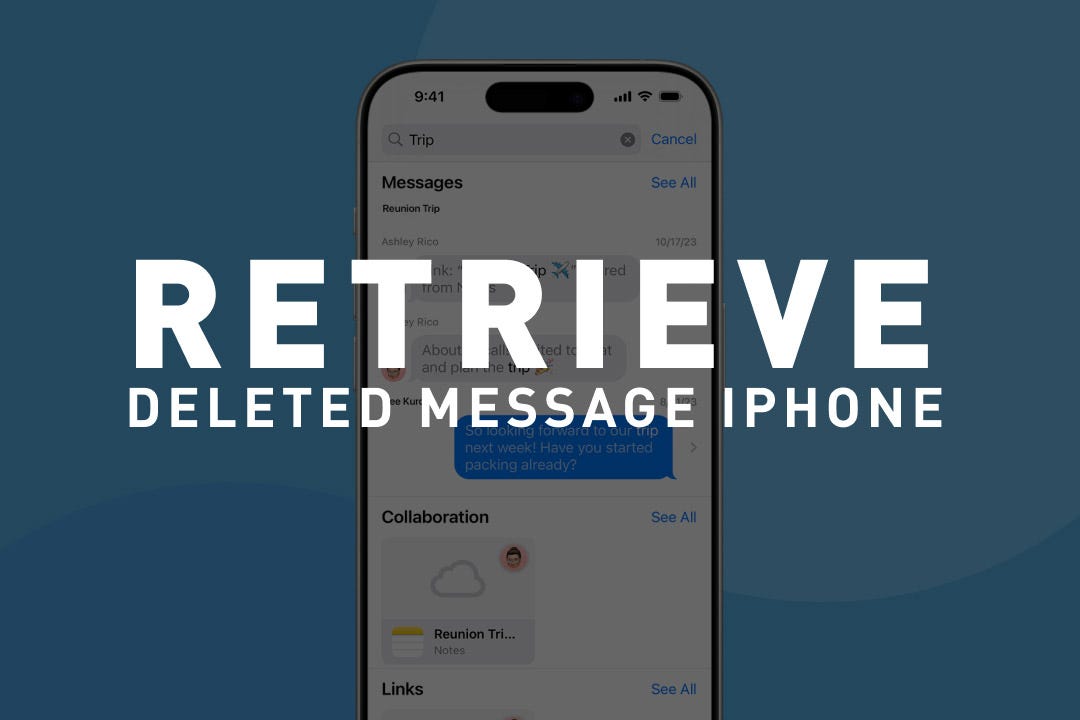Startups today are doing something radical: giving away their core technology before asking anyone to pay. It's not a gimmick. It's a strategy that's quietly reshaping how tech companies grow - and how developers trust them.
At the heart of this shift is the open-source movement. What once seemed like a hobbyist's approach has become a launchpad for serious companies. From databases to dev tools to machine learning models, startups are releasing polished, production-grade software for free. Then they monetize around it. And in many cases, they're pulling ahead of traditional SaaS competitors.
But why are founders making this leap? What's changed? And what are the real tradeoffs of this "open first, revenue later" playbook?
Why Open Source First?
Startups that go open source first usually do it for two reasons: trust and traction.
- Trust: When a company shows you the code, it signals transparency. Developers don't have to guess how something works - they can inspect it, tweak it, and even contribute. This earns goodwill early, which is hard to buy through ads or cold outreach.
- Traction: Open-source projects spread quickly. With no login walls or credit cards, adoption is frictionless. A solo developer can try your tool at midnight and deploy it to production by morning. This bottom-up growth often outpaces traditional enterprise sales, especially in technical markets.
"Releasing code publicly lowers barriers, builds credibility, and encourages developers to use the product instead of just reading about it," says Lacey Jarvis, COO at AAA State of Play.
Open source also acts as early product validation. If people are staring at your GitHub repo, submitting issues, and sharing it in dev forums, you're solving a real problem, without needing a big marketing budget.
The Open Core Model
Most open-first startups don't give away everything. They usually follow the open core model, where the base product is free and the monetized features sit around it, like advanced integrations, cloud hosting, or security layers.
For instance:
- A logging tool might be open source, but usage analytics and role-based access control are paid features.
- A data platform might offer free connectors but charge for managed hosting and enterprise SLAs.
- A monitoring tool might be free to deploy, but it costs money for scale, alerts, and multi-user dashboards.
"Open core works when your free tier delivers real value, but leaves clear room to grow into paid use," says Gary Hemming, Owner and Finance Director at ABC Finance.
This approach creates a natural funnel: developers start using the free product, grow dependent on it, then hit a limit or friction point where paying makes sense.
Community as a Growth Engine
In open-source startups, the community isn't just a user base - it's a living, breathing growth engine. These users aren't passive consumers. They test features, file bug reports, suggest improvements, and often build extensions or integrations that expand the product's reach. Every interaction sharpens the product and speeds up iteration. With enough community involvement, your roadmap becomes clearer, your edge cases surface faster, and your engineering team gets continuous feedback without paying for formal research.
A strong community also reduces support costs. People help each other, share knowledge, and troubleshoot problems before your team even sees them. They also drive awareness by writing tutorials, recording walkthroughs, and recommending the tool in conversations and on social platforms. As one saying goes, "A good community reduces support costs, drives awareness, and makes your product feel alive," says Jesse Morgan, Affiliate Marketing Manager at Event Tickets Center.
But this kind of engagement doesn't happen by accident. Successful open-source founders put in the work. They answer questions, build friendly forums, host livestreams, and write detailed documentation. They celebrate contributors, resolve disputes fairly, and keep discussions healthy.
The result is deeper than brand loyalty. When the community feels ownership, your product doesn't just grow - it spreads organically, because people don't just use it. They believe in it.
Delaying Revenue: Risk or Strategy?
Monetizing later can sound like a gamble, especially in a startup world that often prioritizes monthly recurring revenue (MRR) as the ultimate sign of success. But for open-first startups, delaying monetization isn't just acceptable - it's often strategic.
Charging too early can create unnecessary friction. It may block developers, small teams, or students from trying your product, even though they're often the early adopters who generate word-of-mouth and valuable feedback. These are the users who write blog posts, answer forum questions, and integrate your tool into bigger systems. Turning them away too soon can slow your growth before it ever starts.
"The most important metric in the early days is usage. If no one's using it for free, they won't pay to use it either," says Samuel Charmetant, founder of ArtMajeur. That's why early-stage open source companies focus on GitHub stars, Discord activity, integrations, and community growth. These signals show traction and hint at future revenue potential.
Still, the transition to paid must be handled carefully. The boundary between free and paid features needs to be clear and communicated early. If you blur that line, users may feel misled. Worse, they may expect everything for free, making future monetization harder. The key is transparency and thoughtful timing.
Case Study: The LangChain Playbook
LangChain, an open-source framework for large language model (LLM) apps, is a poster child for open-first growth.
It launched without a pricing page, an enterprise plan, or even a business model. But its usage exploded. Developers loved its modular design and flexibility. Community contributions flooded in. It became the default stack for many LLM experiments.
Later came LangSmith - a managed platform with debugging, monitoring, and testing. It solved real pain points for teams scaling beyond prototypes. Revenue followed because the value was obvious.
"Open adoption builds trust. Monetization is just solving the next layer of pain for power users," says Robert Grunnah, Owner of Austin House Buyer.
LangChain didn't charge first and ask questions later. It waited, listened, and charged when people were ready to pay.
How Investors View Open-First Startups
Investors used to value startups based on revenue. But in open-first companies, traction looks different.
Metrics like:
- GitHub stars and forks
- Discord or Slack activity
- Monthly downloads on PyPI or NPM
- Mentions in blog posts or tutorials
...all signal something deeper: developer mindshare.
Smart investors know that once a tool becomes embedded in a dev workflow, revenue is a matter of time and execution, not possibility. The key is showing consistent growth and usage, even without a dollar attached (yet).
Pitfalls to Avoid
Building an open-first company isn't without danger. Common traps include:
- Over-giving: If the free version solves everything, users have no reason to pay.
- License confusion: Vague or permissive licenses can lead to exploitation or forks.
- Weak docs: Even the best code is useless without a map.
- Passive community management: A neglected GitHub repo or ghost town forum erodes trust.
The most effective founders strike a balance - giving freely, but drawing lines that make growth sustainable. They treat open source as a long-term brand and technical advantage, not a short-term hack.
The Future: AI, Infra, and the Open-First Wave
Open-first is no longer limited to backend databases or traditional web frameworks. In 2025, it's at the core of some of the fastest-growing categories in tech. Large language model (LLM) tooling like LangChain and Ollama, modern data stacks such as DuckDB and Airbyte, observability tools like OpenTelemetry and Grafana, and security platforms like TruffleHog and OSQuery - all follow the same open-first strategy.
The playbook is consistent: create something developers can run locally, with no paywalls or logins. Solve their early-stage problems and become part of their daily workflow. Then, as usage scales or requirements become more complex, introduce paid offerings - cloud hosting, enterprise support, advanced controls, or better scalability. If you help developers move faster and trust you along the way, you'll win. Open source is how you earn that trust.
Open-first startups succeed because they meet developers where they are, without friction or fluff. Trust and transparency are built into the model, and that's hard to beat in categories like AI infrastructure, security, and observability, where lock-in fears and performance tradeoffs can be deal breakers. As more companies adopt hybrid stacks and demand flexibility, the open-first approach is positioned not just as an alternative but as the standard for building trusted, scalable tools.
Final Thoughts
"Open source first, revenue later" is no longer a fringe tactic - it's a serious, credible go-to-market strategy for today's most technical and ambitious founders. By releasing their core product for free, startups remove the friction that usually slows adoption. Developers can try the tool without signups, demos, or approvals, leading to faster growth and deeper engagement.
This approach also builds a strong moat. When users can see and shape the product, they trust it more. Over time, a real community forms around it, driving feedback, support, and advocacy that no marketing budget can match. But this strategy isn't without tradeoffs. It demands patience, clear boundaries between free and paid, and a mindset built on giving value first.
The best open-source startups aren't just writing code - they're leading ecosystems.




